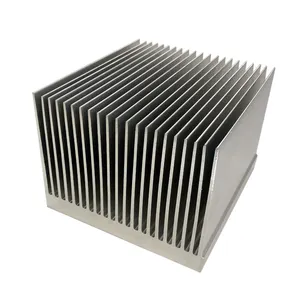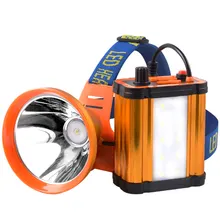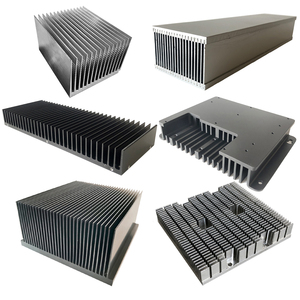Understanding the 100W LED Heatsink
A 100W LED heatsink is an essential component in thermal management systems, designed to dissipate heat from high-output LEDs and electronics. The efficiency of a 100 watt heat sink is critical in maintaining the longevity and performance of LED devices by ensuring optimal operating temperatures.
Materials and Composition
The construction of a 100w heat sink typically involves metals with high thermal conductivity, such as aluminum or copper. These materials facilitate rapid heat transfer from the LED to the heatsink, which then disperses the heat into the surrounding environment. The choice of material impacts the effectiveness of the heat dissipation process.
Design and Types
The design of a 100w led heatsink varies to accommodate different types of electronic setups. From pin-fin to cross-cut designs, each type offers unique benefits in terms of surface area and aerodynamics, which are crucial for heat dissipation. The selection of a heatsink design is determined by the specific thermal management needs of the application.
Applications and Uses
Heatsinks, including the 100w heat sink, are widely used in various applications such as high-power LED lighting, computer processors, and other electronics where excess heat is a concern. Their role is to maintain devices at safe operating temperatures, preventing overheating and potential damage.
Advantages of Effective Heat Dissipation
Effective heat dissipation through a 100 watt heat sink is vital for the reliability and durability of electronic components. By maintaining lower operating temperatures, heatsinks help to ensure that electronic devices perform efficiently and have a longer lifespan.
Choosing the Right Heatsink
Selecting the appropriate 100w led heatsink involves considering the thermal resistance, size, and airflow dynamics of the system. It is important to match the heatsink to the specific heat output of the device to achieve the best cooling performance.







































 浙公网安备 33010002000092号
浙公网安备 33010002000092号 浙B2-20120091-4
浙B2-20120091-4